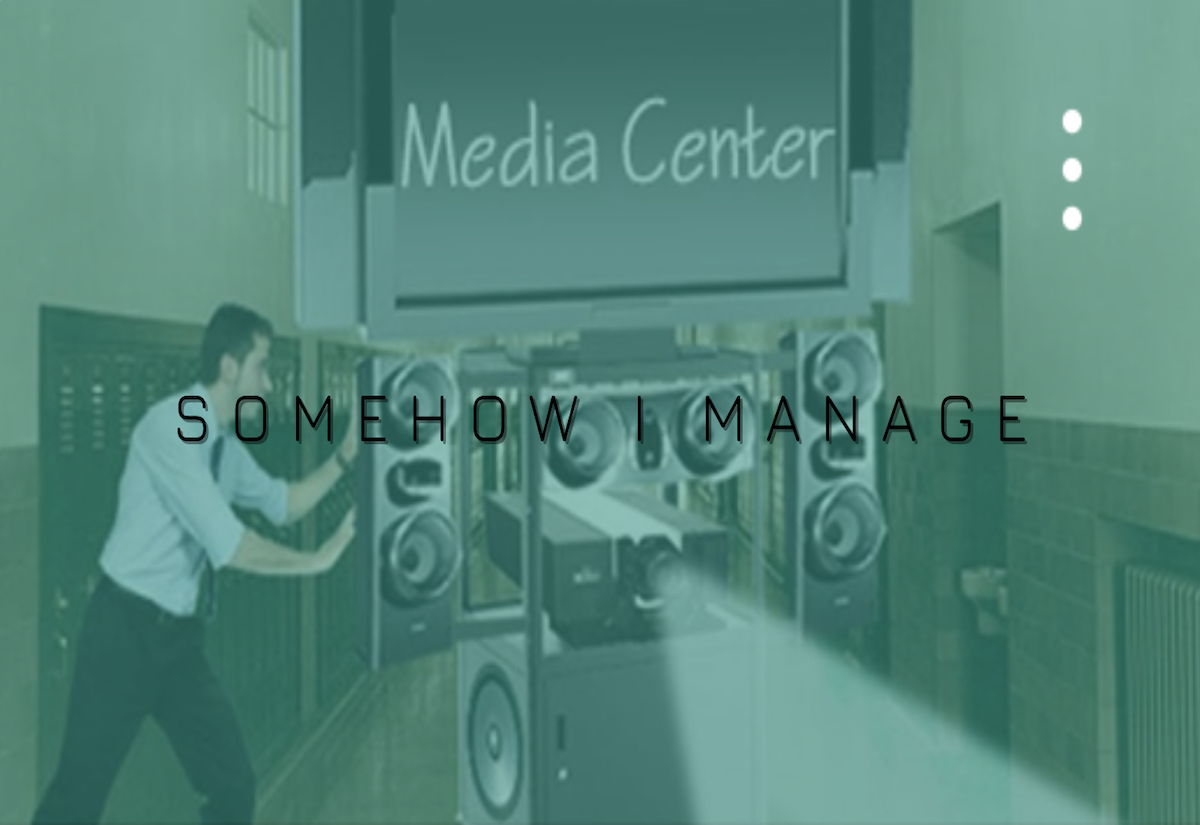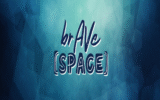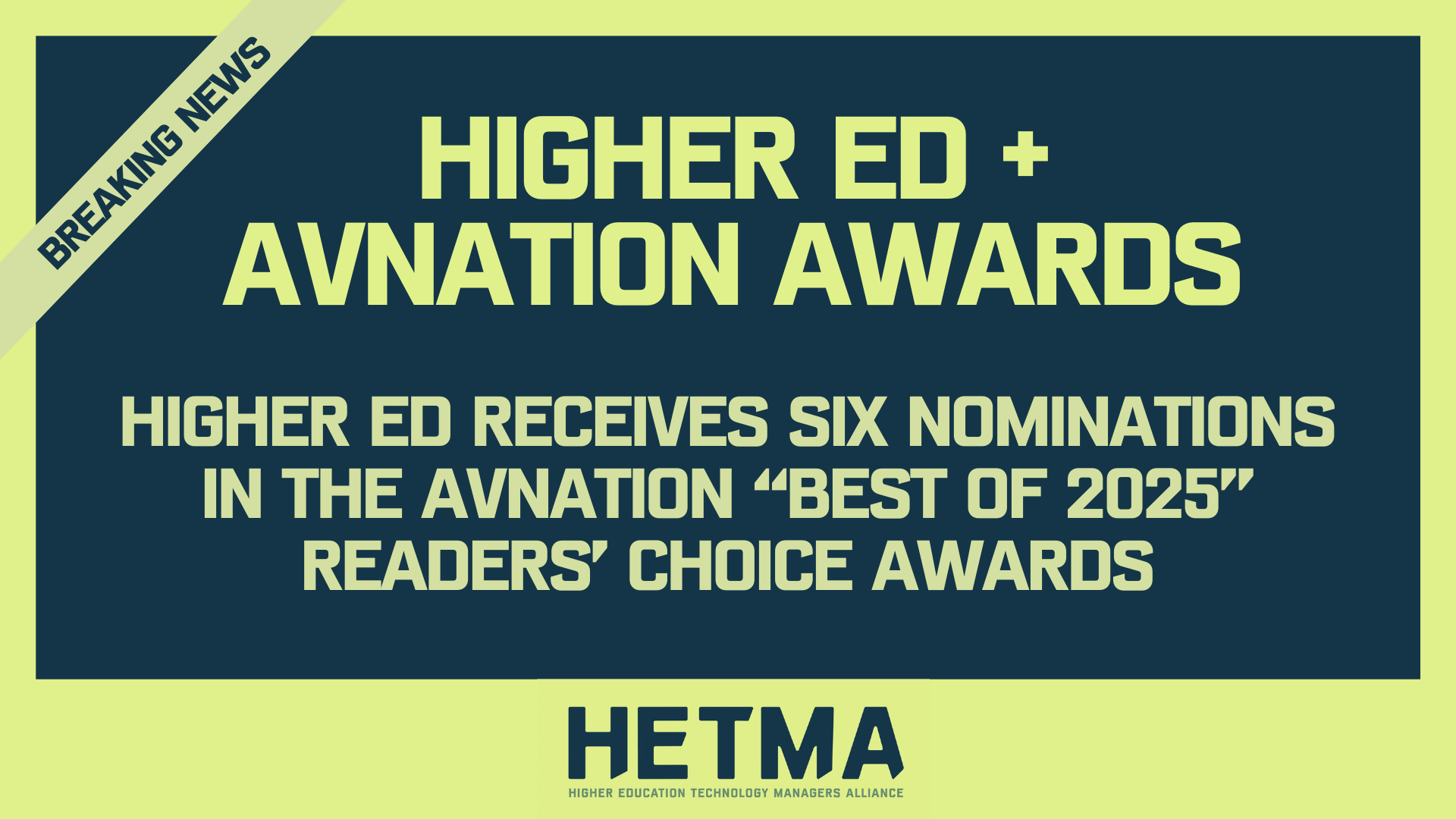By Britt Yenser
The theme for May is “Is It Over Yet?” and endings make me think of beginnings. Afterall, something ending means that something new has just begun. The academic year ending means the beginning of summer projects and preparing for a whole new year to begin. In previous articles, I’ve written about one of my more extensive summer projects: a Canvas course for student employees. Some people might have been inspired to make their own courses on Canvas, Blackboard, or some other modality, but aren’t sure how to start. So, this article is dedicated to those who want to better instruct and engage their student employees with an online course or training manual, since it’s a great summer project!
How to Get Started
First, do an audit of the student work by asking, “what do my student employees actually need to do?” Answering this question will pinpoint what knowledge your students need. Then, do a brain dump: list out the knowledge and skills your students need based upon the tasks they need to accomplish. You can organize this information in any way that works best for you: bullet points, text boxes, T-charts– there are a lot of ways to visualize this information that will come in handy as you move on to the next steps.
How to Get Organized
In teaching, there is a concept called “scaffolding.” It is the idea that one concept needs to build upon the next. For example, you cannot complete a projection setup if you don’t know what an HDMI cable is. So, take your brain dump and scaffold it. What concepts build on each other? What do the students need to know first? This is the order the content will appear in your course.
Once you have the order of the content, you can then drill down and organize even further. Courses are often built using pages or modules. If you want to get fancy with it, you can even lock modules until certain ones are completed. So, you need to group your information together into logical modules, starting with the most basic concepts and ending with the more complex information.

How you group information is up to you. I suggest:
- Foundational Knowledge (basic concepts)
- Troubleshooting
- How to do Stuff and Things
“How to do Stuff and Things” is where you start to get into actual AV tasks, and that’s where the organization is really up to you. You can organize by locations on your campus or by categories like “audio,” “visual,” “hardware,” “software,” – whatever makes the most sense for the course content. Just remember to ultimately group like information with like information, and to keep foundational information before complex information.
How to Create the Content
Once you have your thoughts organized and you know what content should be in your course (and where it should be), it is time to put it all together. Students learn from a range of content, so it is important to keep your course dynamic. You’ll want to include video, text, and pictures. I highly suggest starting with video, and taking advantage of any AI captioning or transcription services you have at your disposal. If you make a video of yourself doing a task from start to finish, you can then take the AI transcript and use it for text, and take screenshots of your video for pictures.
You’ll also want to avoid reinventing the wheel. There is a lot of great content already created that you can use in your course. The CTS Exam Guide has a great section on troubleshooting, for example. (I’m not saying to copy the text out of the CTS exam guide…who would do that…I certainly didn’t do that…) And there are some great video tutorials already created that could work for you, especially for basic concepts. I highly recommend this tutorial video for over-under cable wrapping, created by Moravian University’s own Craig Underwood!
How to Get Fancy With It, But Only if You Want
If you’re using an online course modality like Canvas or Blackboard, you can take advantage, of course, features like quizzes, discussions, and rubrics. However, keep sustainability and purpose in mind. If these features will strengthen your course and won’t create too much more work for you, then use them. If it will become just one more thing for you to check, then skip it. Everything you add to your course should have a reason for being there and should be a tool that works to your advantage.
Building out a training course is a lot of work. You might find yourself thinking “is it over yet?” in the middle of your brain dump. But the hard work pays off! Having an online course is a great supplement to student training, and often helps them when they are on the job. My students frequently reference a Canvas page to answer their own questions before calling me for help, thus reducing the amount of panicked calls I get. If you take on this summer project, you’ll have an awesome resource to start the new year strong. And as each academic year comes to a close, you can begin your summer by updating your course – who doesn’t love a summer project they can rely on?










